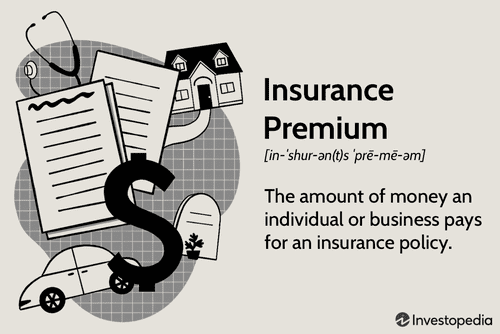
Emergency medical insurance can cover the costs of medical care when you're in need of immediate medical attention. This insurance may not cover you for visits to out-of-network hospitals. Although the out-of network hospital does not require approval from your insurance company prior to using its services, there are certain rules and deductibles you need to be aware of.
Coverage for catastrophic health
Catastrophic insurance plans pay for emergency medical bills in case of a catastrophe. These policies will pay up to the deductible amount for covered medical costs. However, if the patient is hospitalized or has surgery, the catastrophic plan will cover all the expenses. Such plans provide emergency coverage as well as free preventive and primary care visits.
For those who do not have major medical coverage, catastrophic coverage for emergency insurance can be a good choice. Catastrophic insurance plans usually come at a lower cost and have lower monthly premiums. They may have higher premiums and deductibles than traditional insurance plans, but they are typically not as costly as traditional medical coverage. These policies are best for those who don't have the income or are uninsured.

Catastrophic emergency medical insurance
If you are looking for affordable travel medical insurance, a catastrophic policy might be the best option. These plans provide low monthly premiums with high deductibles. They are a great way of protecting yourself in the worst-case scenario. However, it's important to note that you'll have to pay all the medical costs until you've met your annual deductible, which is usually a few thousand dollars.
While a catastrophic travel medical insurance plan may offer affordable coverage, it is not the best option for everyone. Basic catastrophic plans only cover emergencies and may not be appropriate for chronic illnesses. They may not be suitable for senior citizens who regularly need medical supervision. They may not provide preventive care services, like an annual check-up.
Temporary nonimmigrant cover
Temporary non-immigrant U.S. residents, students and undocumented aliens can get emergency medical insurance. It covers any emergency condition in which the patient may need emergency medical care. However, the policy does not cover preventive care. If you are unsure about your eligibility, enroll in preapproval. This will allow for you to get a pre-approval letters up to 12 month in advance. To enroll, go online or call 311 to learn more about the application process. You will also be required to prove your identity, income, and state residency.
In addition, temporary non-immigrants may also be eligible for Medicaid emergency medical care. They will need proof of their immigration status by the USCIS. They may have lost their documents, but that will not hinder you from receiving emergency medical services.

Cost sharing with emergency medical coverage
If you are in need of emergency medical care and do not have the proper insurance coverage, you may be responsible for paying out-of-network fees. This includes emergency care, hospitalization, as well as emergency room services. Emergency room costs include the hospital bill and bills from doctors and other providers who are not in-network. It applies to in-hospital services that are provided by doctors outside of their network, such as pathology or anesthesia.
Many health plans offer some type of cost-sharing. These costs will vary depending upon the type of insurance and the service. Typically, cost-sharing is structured in a form of copayment, coinsurance or deductible. There are copayments and maximum deductible amounts that are listed in the policy. In some cases, you will need to pay a fee for an emergency room visit.